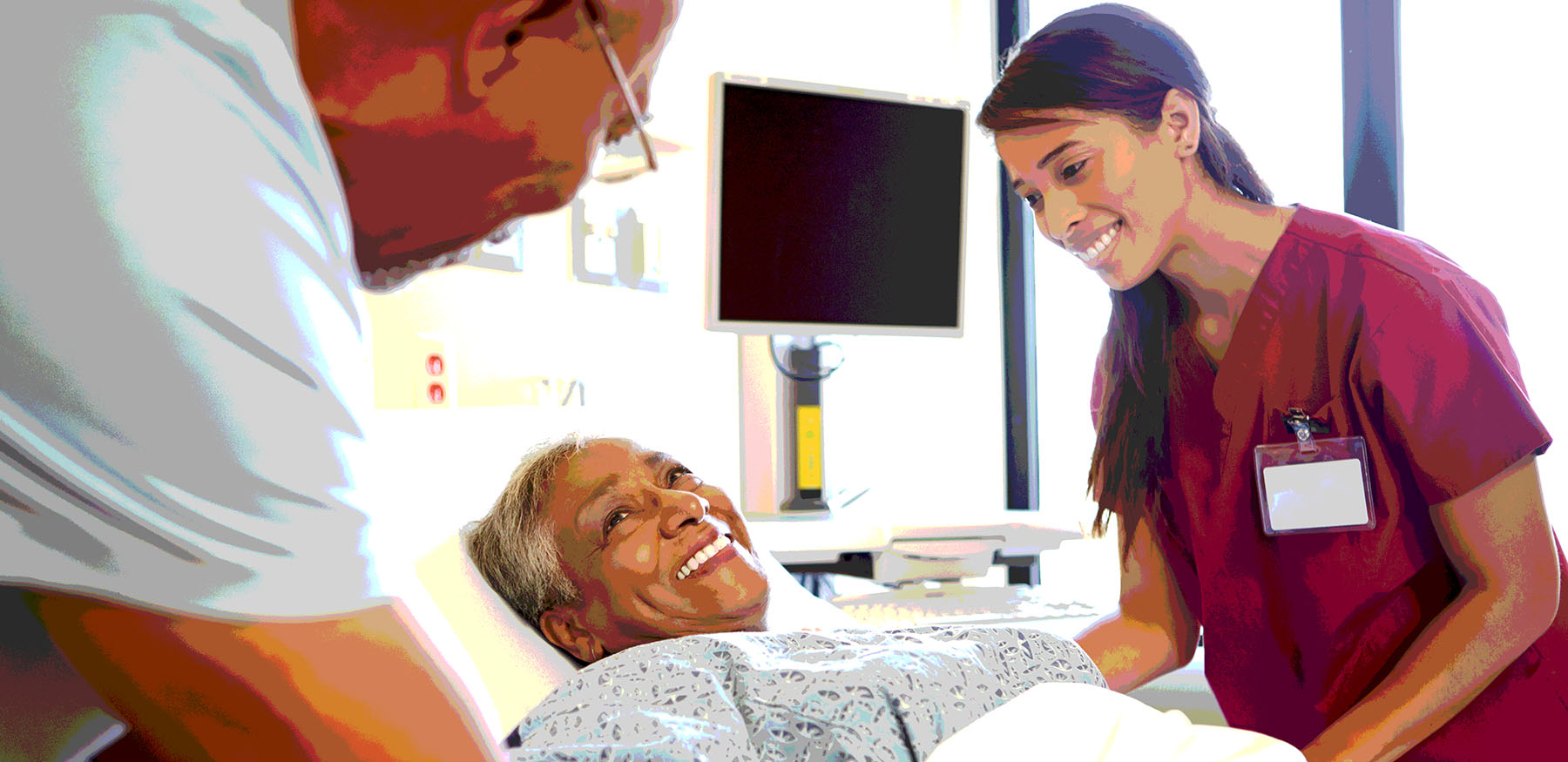As physicians, surgeons and anesthesiologists, we know your number-one goal is to ensure patient safety during surgery—while at the same time ensuring efficient hospital stay times and high patient satisfaction. Surgical site infections caused by postoperative insulin resistance (PIR) are not only dangerous to your patients, but can affect your patient satisfaction scores (HCAHPS) negatively. Today, then, we’re breaking down how preop carbohydrate loading can reduce the risk of surgical site infection and lead to higher patient satisfaction. We’ll cover:
- The role NPO plays in PIR and subsequent surgical site infections
- How Preop carbohydrate loading can reduce the risk of surgical site infection
- The proper protocol to recommend for preop carb loading
- Other things to consider when using carb loading to reduce the risk of surgical site infection
Now, let’s dig in…
The Role NPO Plays in PIR and Surgical Site Infections
The old-school “no food or drink after midnight” (NPO) method induces a catabolic state where the normal relationship between insulin and glucose are uncoupled. To compensate for the lack of “fuel” brought on by fasting, the body uses up its critical glycogen stores and then begins to breakdown fat and muscle as alternative energy sources. Insulin levels rise in response to rising glucose levels, but target cells (including muscle) fail to respond to it. Ultimately, this leads to PIR in patients. Following surgery, PIR can translate into hyperglycemia, increasing the chance of surgical site infections (as the “sweet environment” invites microbial colonization).
How Preop Carbohydrate Loading can Reduce the Risk of Surgical Site Infection
In addition to meeting the preop nutrition and hydration recommendations of the ASA®, true preop carbohydrate loading ends the starvation state that features interim metabolic pathways that “uncouple” the glucose-insulin relationship and ultimately render a patient catabolic. In fact, according to an article published in Annals of the Royal College of Surgeons of England, “Surgical stress in the presence of fasting worsens the catabolic state, causes insulin resistance and may delay recovery…Preoperative carbohydrate drinks significantly improved insulin resistance.” In all, there are numerous instances of international literature strongly supporting a relationship between true preop carbohydrate loading and the prolonged reduction (up to 50%) of PIR.
What protocol should I recommend patients follow when recommending preop carbohydrate loading?
Typically, the pre-op “loading process” involves 3 servings of ClearFast consumed about 12, 8 and, finally, 2 hours prior to surgery. Many protocols advocate at least 2 servings at 8 and 2 hours pre-operatively. You can always visit our drinking instructions page or contact us at support@drinkcf.com should you have any questions at all on how patients should consume ClearFast. (PRO TIP: We always recommend patients chill ClearFast to make the preop beverage even tastier.)
Other Things to Keep in Mind When Using Preop Carb Loading to Reduce the Risk of Surgical Site Infection:
- In order to meet ASA® guidelines, not just any carbohydrate beverage will do. Read more about ensuring the preop drink you recommend delivers the right results here.
- There are a number of reasons recommending sports drinks for preop carbohydrate loading won’t work for improved surgical outcomes. Read more about why sports drinks don’t cut it for enhanced recovery here.
———
Overall, more and more modern medical research points to the fact that preop carbohydrate loading (with the right ERAs® drink) works to reduce the risk of surgical site infection by reducing PIR—ultimately leading to shorter hospital stays and increased patient satisfaction. Ready to have ClearFast on-hand at your medical practice? You can order ClearFast here or reach out to the ClearFast team at support@drinkcf.com if you have any questions at all. We’re always here and happy to help!

